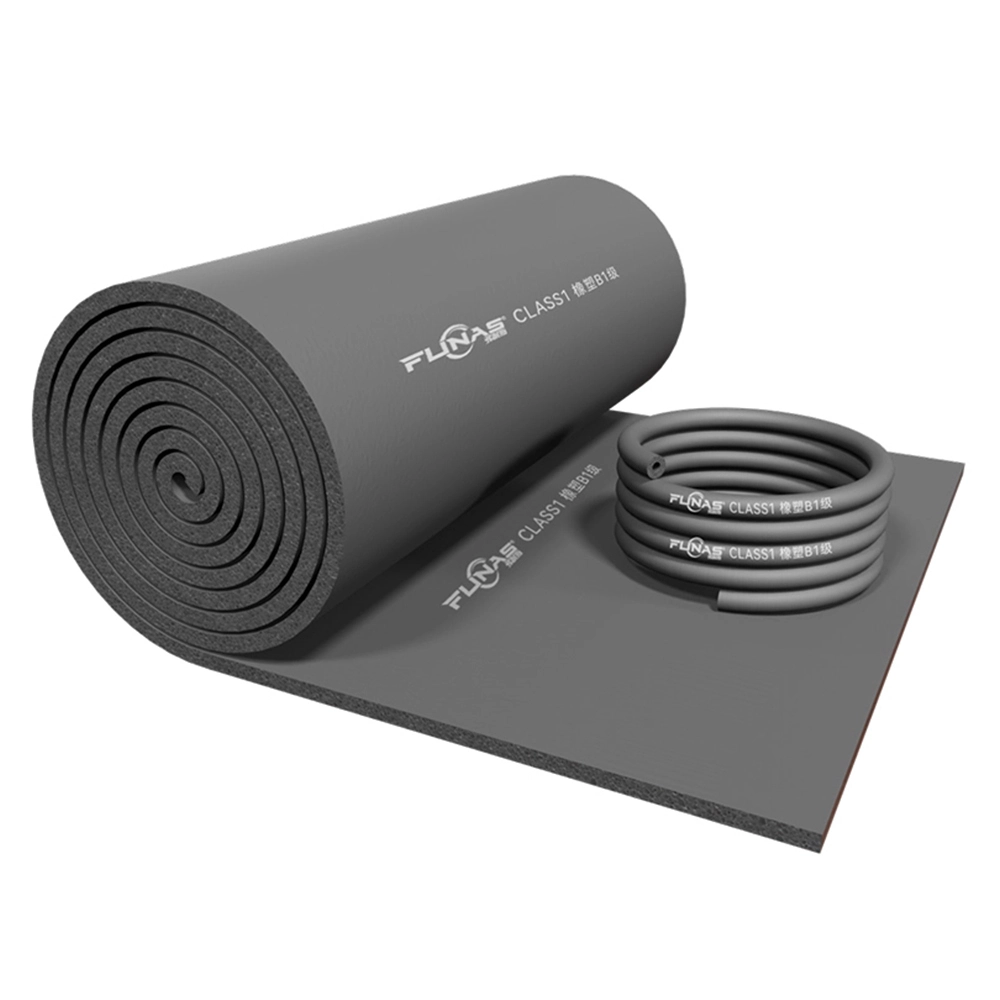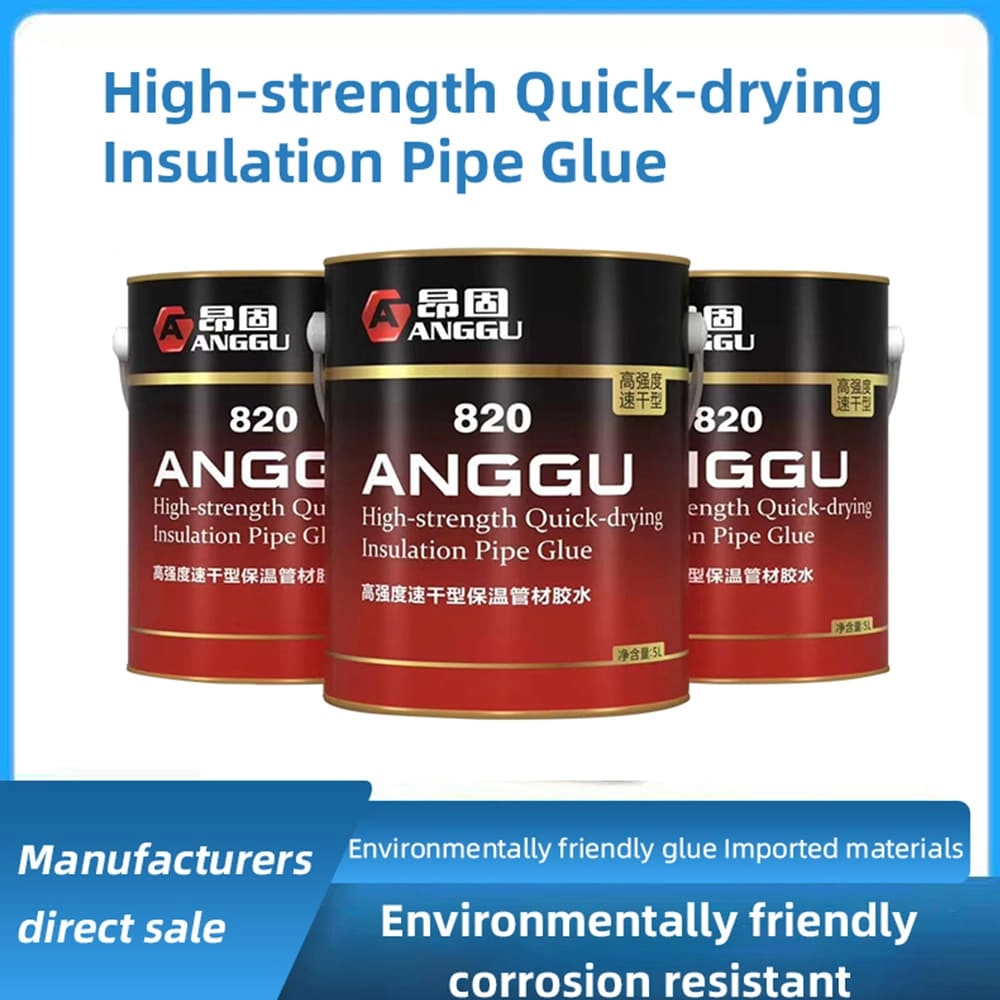how to install insulation batts in walls | Insights by FUNAS
Learn how to effectively install insulation batts in walls, understand common challenges, and explore the latest trends in thermal insulation materials to enhance energy efficiency and comfort in your home.
- Comprehensive Guide to Installing Insulation Batts in Walls
- 1. What Are Insulation Batts and Their Benefits?
- 2. How Do I Properly Install Insulation Batts in Walls?
- 3. What Are the Common Mistakes to Avoid During Installation?
- 4. What Are the Latest Trends in Thermal Insulation Materials?
- 5. How Do I Choose the Right Insulation Material for My Home?
- 6. What Are the Advantages of Choosing FUNAS Insulation Products?
Comprehensive Guide to Installing Insulation Batts in Walls
Installing insulation batts in your walls is a crucial step toward enhancing your home's energy efficiency and comfort. This guide addresses common questions and provides expert insights into the process, materials, and best practices.
1. What Are Insulation Batts and Their Benefits?
Insulation batts are pre-cut sections of insulating material, typically fiberglass or mineral wool, designed to fit between wall studs. They offer several benefits:
Thermal Resistance (R-Value): Batts provide a barrier against heat flow, helping maintain indoor temperatures and reduce energy consumption.
Soundproofing: They can dampen sound transmission, enhancing privacy and reducing noise pollution.
Fire Resistance: Certain materials, like mineral wool, offer enhanced fire resistance, contributing to home safety.
2. How Do I Properly Install Insulation Batts in Walls?
Proper installation is key to maximizing the effectiveness of insulation batts:
Measure Accurately: Determine the size and R-value of the batts needed for your wall cavities. Standard stud spacing is typically 16 or 24 inches on center, and insulation batts are sized accordingly. Measure the depth of the studs (e.g., 3.5″ for 2×4 walls, 5.5″ for 2×6 walls) to ensure you get the right thickness.
Cut Precisely: If necessary, cut the batts to fit snugly around obstructions like plumbing pipes and electrical wires. Avoid compressing the insulation, as this can reduce its R-value.
Install Without Gaps: Ensure the batts fill the entire cavity without leaving gaps, as voids can diminish thermal performance.
Secure Faced Batts: For faced batts, staple the flanges to the face of the studs every 8–12 inches, pulling the flange down to eliminate any gaps.
3. What Are the Common Mistakes to Avoid During Installation?
To ensure optimal performance, avoid these common installation errors:
Compression from Overstuffing: Compressing batts into a smaller cavity reduces air pockets that resist heat flow.
Gaps Behind Electrical Boxes: Always insulate behind and around electrical boxes to prevent cold spots.
Ignoring Framing Irregularities: Measure and cut for actual cavity dimensions rather than assuming standard sizes to accommodate irregular framing.
4. What Are the Latest Trends in Thermal Insulation Materials?
The thermal insulation industry is evolving with several notable trends:
Smart and IoT-Driven Insulation: Smart insulation systems with embedded sensors monitor temperature, humidity, and performance in real time, optimizing energy use. These systems save 20–30% energy annually in smart homes and are expected to grow at a 7.5% CAGR from 2023–2030.
Sustainable and Eco-Friendly Materials: Recycled denim, sheep wool, and mushroom-based insulation are gaining traction due to low carbon footprints and non-toxic properties.
Advanced Reflective and High-Performance Insulation: Reflective insulation dominates extreme climates by reflecting 97% of radiant heat, while aerogels and vacuum insulation panels (VIPs) provide superior performance in compact spaces.
5. How Do I Choose the Right Insulation Material for My Home?
Selecting the appropriate insulation material depends on various factors:
Climate Zone: Colder climates require higher R-values and tighter installation to minimize energy loss. Consider using higher-performance batts if needed.
Environmental Impact: Opt for sustainable materials like recycled denim or cellulose to reduce your carbon footprint.
Budget Considerations: Balance the initial cost with long-term energy savings and potential tax incentives for energy-efficient upgrades.
6. What Are the Advantages of Choosing FUNAS Insulation Products?
FUNAS offers several benefits for your insulation needs:
High-Quality Materials: FUNAS provides insulation products made from sustainable and high-performance materials, ensuring optimal thermal resistance and environmental responsibility.
Innovative Solutions: With a focus on smart insulation technologies, FUNAS offers products that integrate IoT capabilities for real-time monitoring and energy optimization.
Expert Support: FUNAS offers comprehensive guidance and support throughout the selection and installation process, ensuring you make informed decisions for your home.
By understanding these aspects, you can make informed decisions about installing insulation batts in your walls, leading to improved energy efficiency, comfort, and sustainability in your home.

The Ultimate Guide to Glass Wool Insulation 2026

Top 10 Foam Rubber Sheet Manufacturers for Insulation & More

Top 14 Rock Wool Panel Brands: Expert Guide for 2026

Top 10 Insulation Adhesives for Heat & Soundproofing 2026
service
What is your shipping and delivery process like?
We offer reliable logistics services for insulation material wholesale, both domestically and internationally. Our team ensures secure packaging, timely shipping, and real-time tracking so that your order reaches you in perfect condition and on schedule.
Are your rubber foam products environmentally friendly?
Yes, our insulation products are designed with sustainability in mind. They help reduce energy consumption by minimizing heat loss and gain, and they are made from durable materials that have a long life cycle, reducing the need for frequent replacement.
FAQ
How do I choose the right insulation for my project?
Our team can help you choose the best material for heat insulation based on your specific needs, such as thermal resistance, acoustic properties, and environmental conditions.
What is the typical delivery time for custom orders?
Our daily production capacity is 800 cubic meters. Delivery time varies depending on the complexity of the insulation material wholesale order, but we can deliver large quantities of customized products within 4-6 weeks after the approval date, and small quantities can be delivered within 15 days.
You might also like

Rubber Plastic insulation Material Glue

Wholesale blue Rubber-plastic Board Rubber foam panel sheet

Wholesale Perfect Fire Resistant Performance High Strength Acoustic Mineral Wool Insulation Rock Wool Board Panel Plain Slab
Rock wool board, that is, a kind of exterior insulation material. When the market share of 90% of the organic thermal insulation materials in the stagnant wait-and-see, as a fire rating of A-class exterior insulation inorganic material rock wool, has ushered in an unprecedented market opportunity.

Wholesale Perfect Fire Resistant Performance High Strength Acoustic Mineral Wool Insulation Rock Wool Roll Panel Plain Slab
Rock wool, that is, a kind of exterior insulation material. When the market share of 90% of the organic thermal insulation materials in the stagnant wait-and-see, as a fire rating of A- class exterior insulation inorganic material rock wool has ushered in an unprecedented market opportunity.
Leave a message
Have any questions or concerns about our products? Please leave us a message here and our team will get back to you promptly.
Your queries, ideas, and collaboration opportunities are just a click away. Let’s start a conversation.


















































